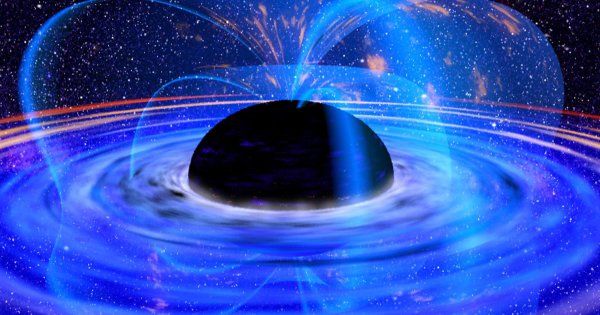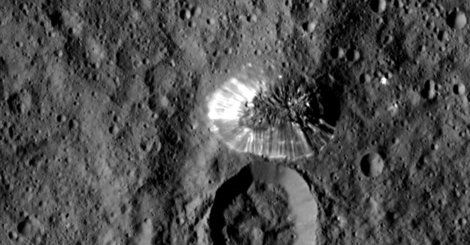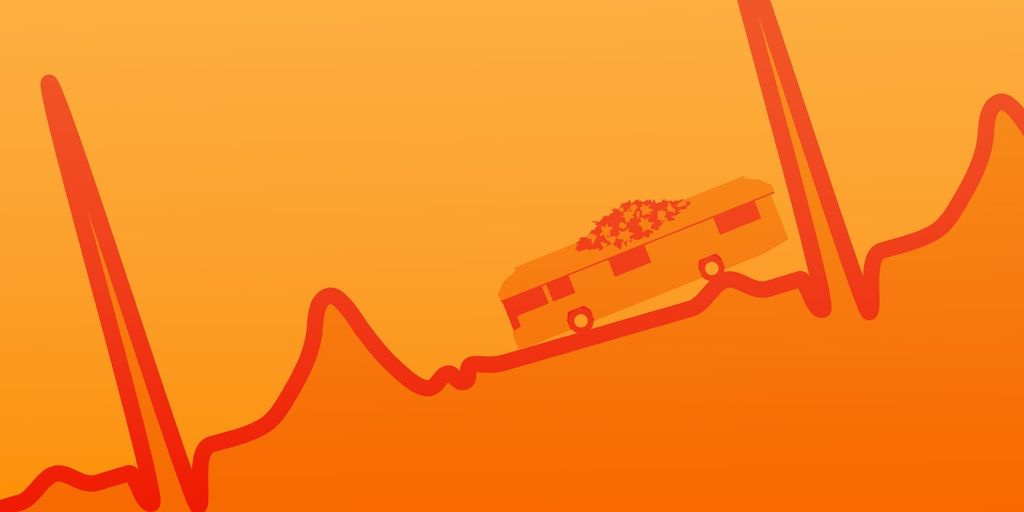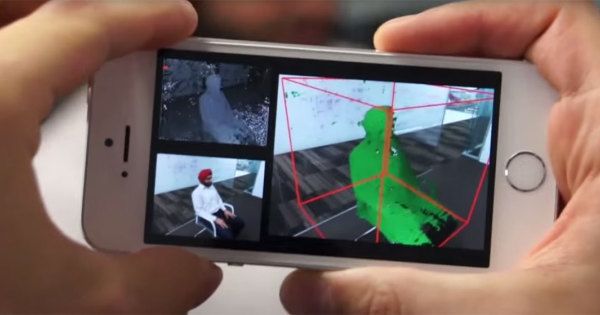Philip E. Tetlock presents findings from the Good Judgment Project:
In 1984, Tetlock began holding “forecasting tournaments” in which selected candidates were asked questions about the course of events. Accuracy rates have exceeded IARPA’s expectations.
To arrive at the edge of the world’s knowledge, seek out the most complex and sophisticated minds, put them in a room together, and have them ask each other the questions they are asking themselves.








